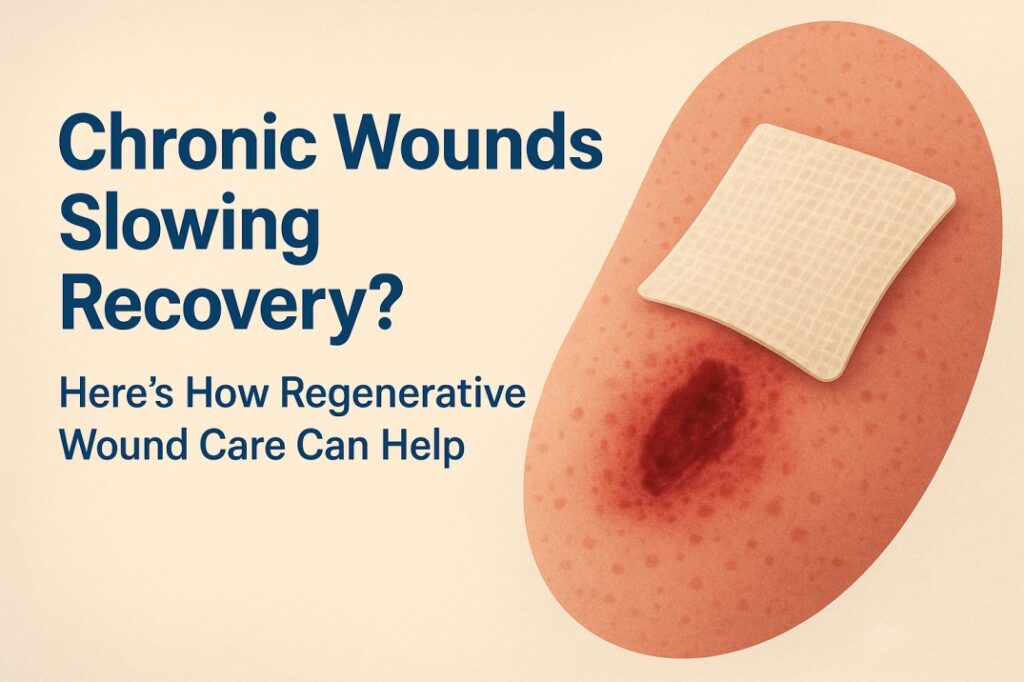In recent years, Hair Plasma Therapy has emerged as a breakthrough treatment for individuals struggling with thinning hair and hair loss. This innovative procedure, also known as PRP (Platelet-Rich Plasma) therapy for hair, harnesses the body’s own healing properties to stimulate natural hair growth. With a growing number of satisfied patients and scientific backing, it’s becoming a preferred non-surgical option for achieving fuller, healthier hair.
Understanding the Basics of Hair Plasma Therapy
Hair Plasma بلازما الشعر Therapy begins with drawing a small amount of the patient’s blood. This blood is then placed in a centrifuge—a device that spins the blood at high speed to separate its components. The plasma rich in platelets is extracted and injected into the scalp, targeting areas with thinning hair or hair loss. Platelets are rich in growth factors, which are essential for tissue healing and regeneration.
Unlike traditional hair restoration techniques, Hair Plasma Therapy is natural, non-invasive, and drug-free. It works by rejuvenating inactive hair follicles and stimulating them to produce healthier and thicker strands of hair.
The Science Behind the Process
To understand why this treatment works, it’s crucial to know the role platelets play in the body. Platelets are a component of blood that aid in clotting and contain proteins known as growth factors. These growth factors are crucial for wound healing and tissue regeneration. In Hair Plasma Therapy, these same properties are applied to the scalp to repair and revive hair follicles that have become dormant or are in decline.
Once injected into the scalp, the platelet-rich plasma promotes blood flow and cellular turnover in the treated areas. This enhanced environment nourishes the follicles, extending the growth phase (anagen phase) of hair and minimizing shedding. Over time, the hair becomes denser, thicker, and stronger.
Who Benefits Most from Hair Plasma Therapy?
Hair Plasma Therapy is suitable for both men and women experiencing mild to moderate hair thinning or early stages of hair loss. It is especially effective for individuals suffering from androgenetic alopecia, commonly known as male or female pattern baldness. It’s also beneficial for people experiencing stress-induced hair loss or postpartum hair thinning.
What sets Hair Plasma Therapy apart is that it uses the patient’s own biological material, making it a safe and biocompatible solution with minimal risk of allergic reactions or complications.
Why Hair Plasma Therapy Is Different from Other Treatments
Unlike topical treatments or medications like minoxidil or finasteride that require continuous application and carry potential side effects, Hair Plasma Therapy focuses on reviving your scalp’s natural capacity to grow hair. It works at the cellular level to awaken dormant follicles and stimulate natural regrowth without synthetic chemicals or hormones.
Moreover, while hair transplants involve surgical procedures, incisions, and downtime, Hair Plasma Therapy offers a much more comfortable and non-invasive experience with minimal to no recovery time.
Clinical Evidence Supporting Hair Plasma
Numerous clinical studies have demonstrated the effectiveness of Hair Plasma Therapy. Research published in journals like the Journal of Cutaneous and Aesthetic Surgery has shown that patients undergoing PRP therapy experience increased hair density, improved hair shaft thickness, and slowed hair loss over time.
In one study, patients receiving PRP injections every month for three months followed by quarterly treatments reported significant improvement in hair growth. These findings have solidified the position of PRP as a reliable and evidence-backed solution in the field of hair restoration.
Advantages That Make It Popular
One of the main advantages of Hair Plasma Therapy is that it is minimally invasive and natural. Since it uses your own blood, there’s virtually no chance of rejection or adverse reactions. The procedure is quick, generally taking less than an hour, and has almost no downtime. Most people return to their regular activities the same day.
It also offers flexibility. Depending on individual needs, it can be combined with other therapies like microneedling or low-level laser therapy for enhanced results.
What Results Can You Expect?
Most patients begin to see improvements within a few weeks of their first treatment, although significant changes typically become noticeable after three to four sessions spaced a month apart. Improvements include reduced hair shedding, thicker hair strands, and increased volume.
It’s important to note that results vary from person to person depending on the severity of hair loss, age, and overall health. Regular maintenance sessions may be required to sustain long-term results.
Limitations of the Therapy
While Hair Plasma Therapy is effective for many, it’s not a miracle cure. People with complete baldness or long-standing dormant follicles may not respond as dramatically. It works best as a proactive or early intervention strategy rather than a last resort.
Also, while the treatment stimulates natural growth, it requires consistency and patience. It is not a one-time fix, and individuals seeking instant transformation may need to manage expectations.
A Boost in Confidence and Well-being
Beyond physical changes, many patients report a boost in self-confidence and emotional well-being following Hair Plasma Therapy. Thinning hair can impact self-image and self-esteem. Reclaiming your hairline or volume naturally can bring a renewed sense of youthfulness and vitality.
Final Thoughts
Hair Plasma Therapy offers a scientifically grounded, minimally invasive solution for those looking to tackle hair thinning and promote natural hair growth. Backed by clinical evidence and praised by both dermatologists and patients alike, this innovative treatment is changing the landscape of non-surgical hair restoration.









